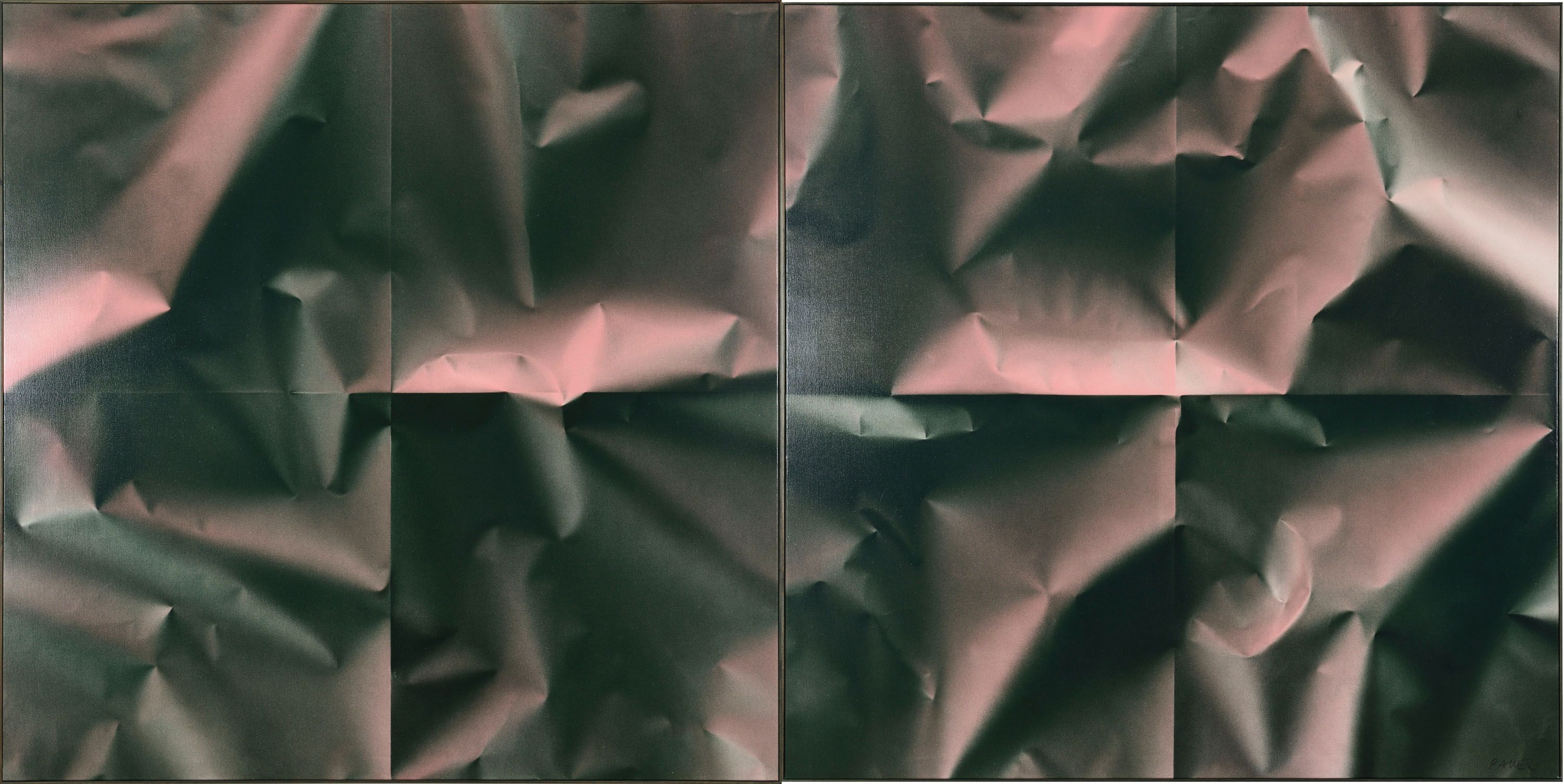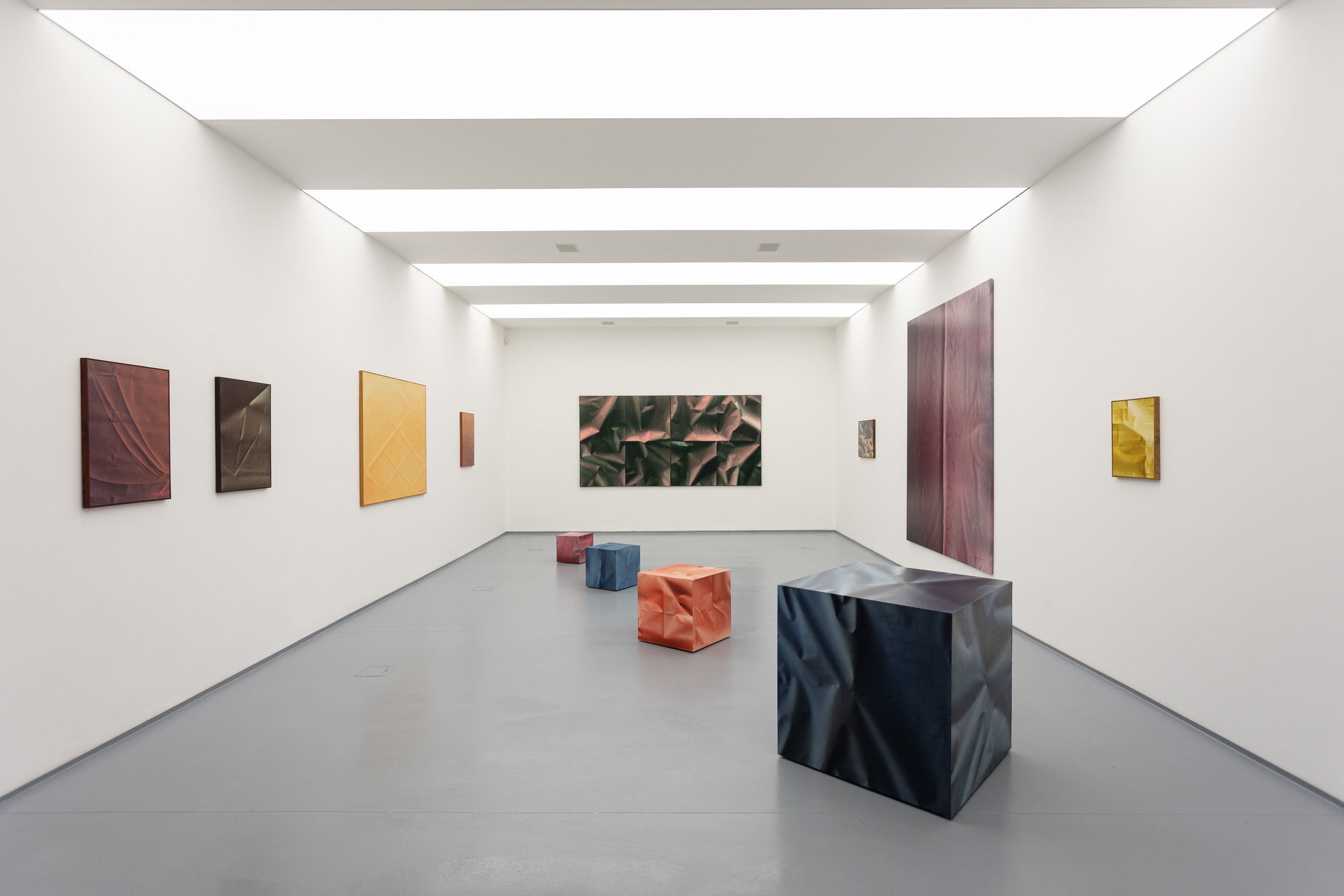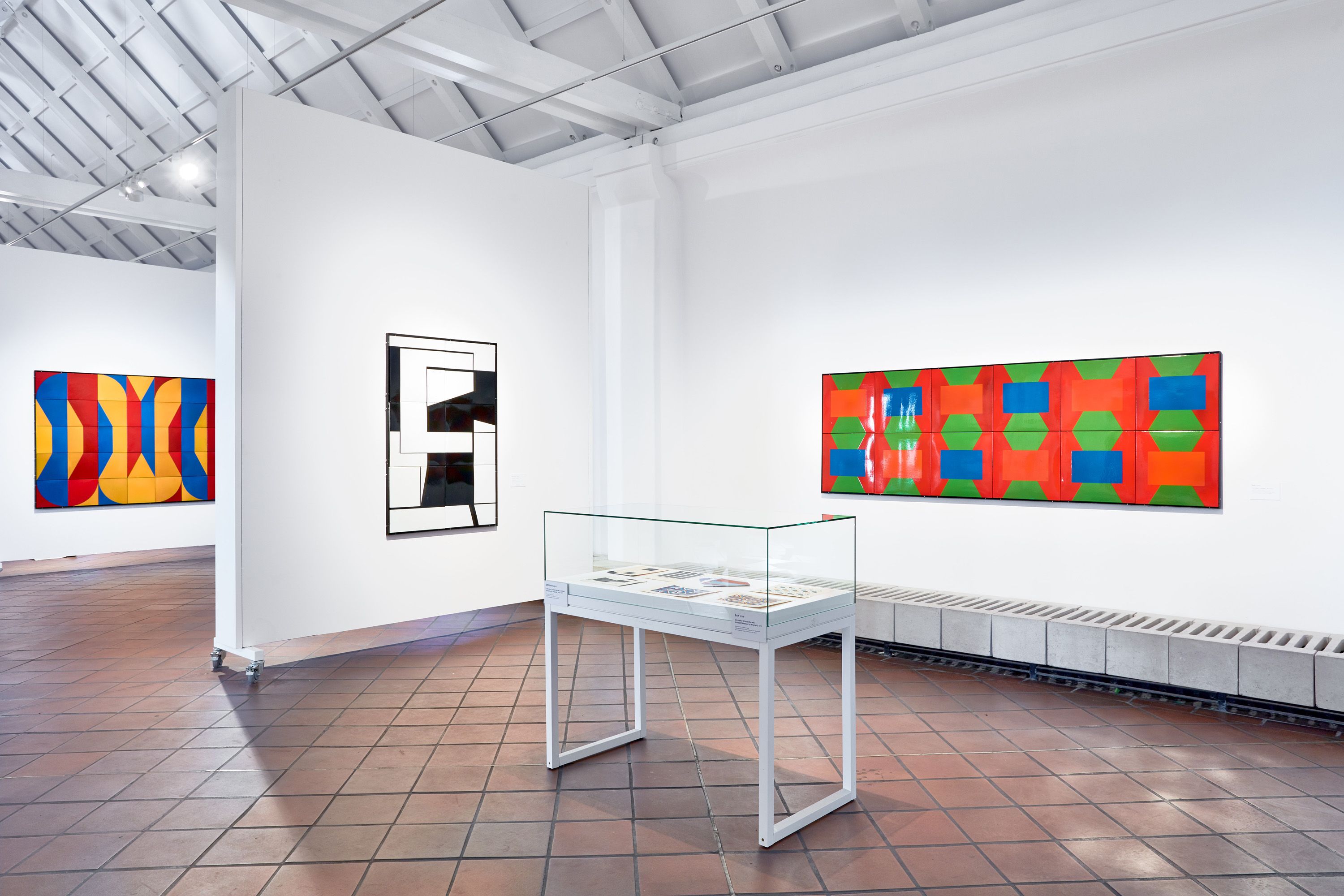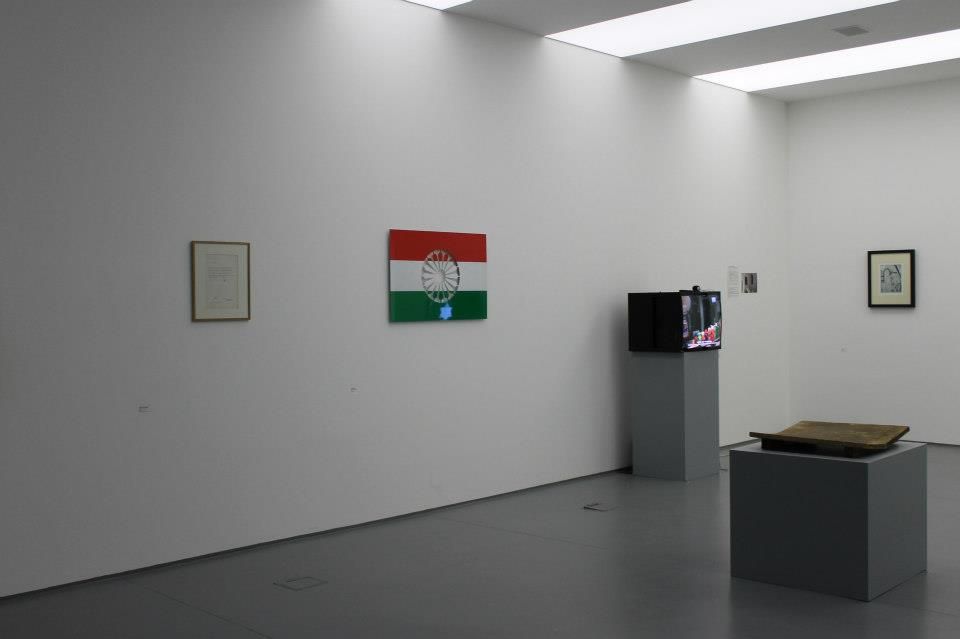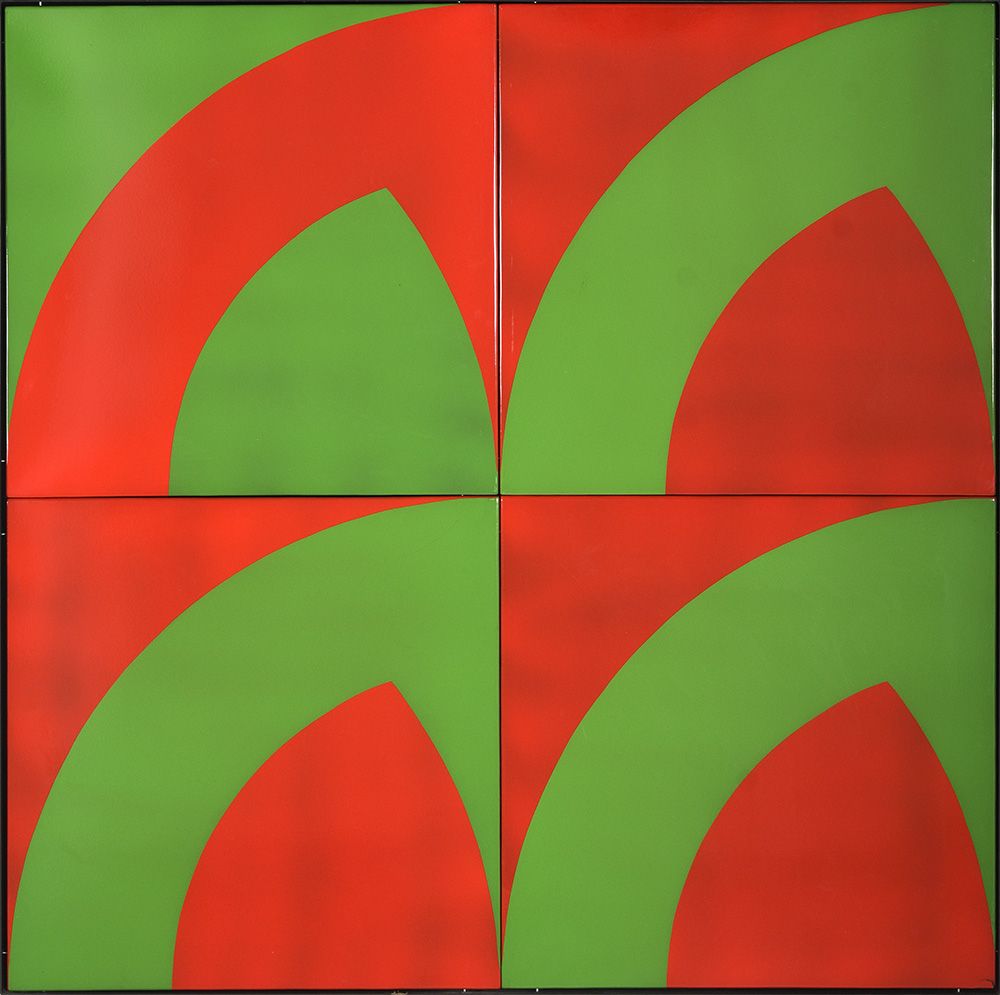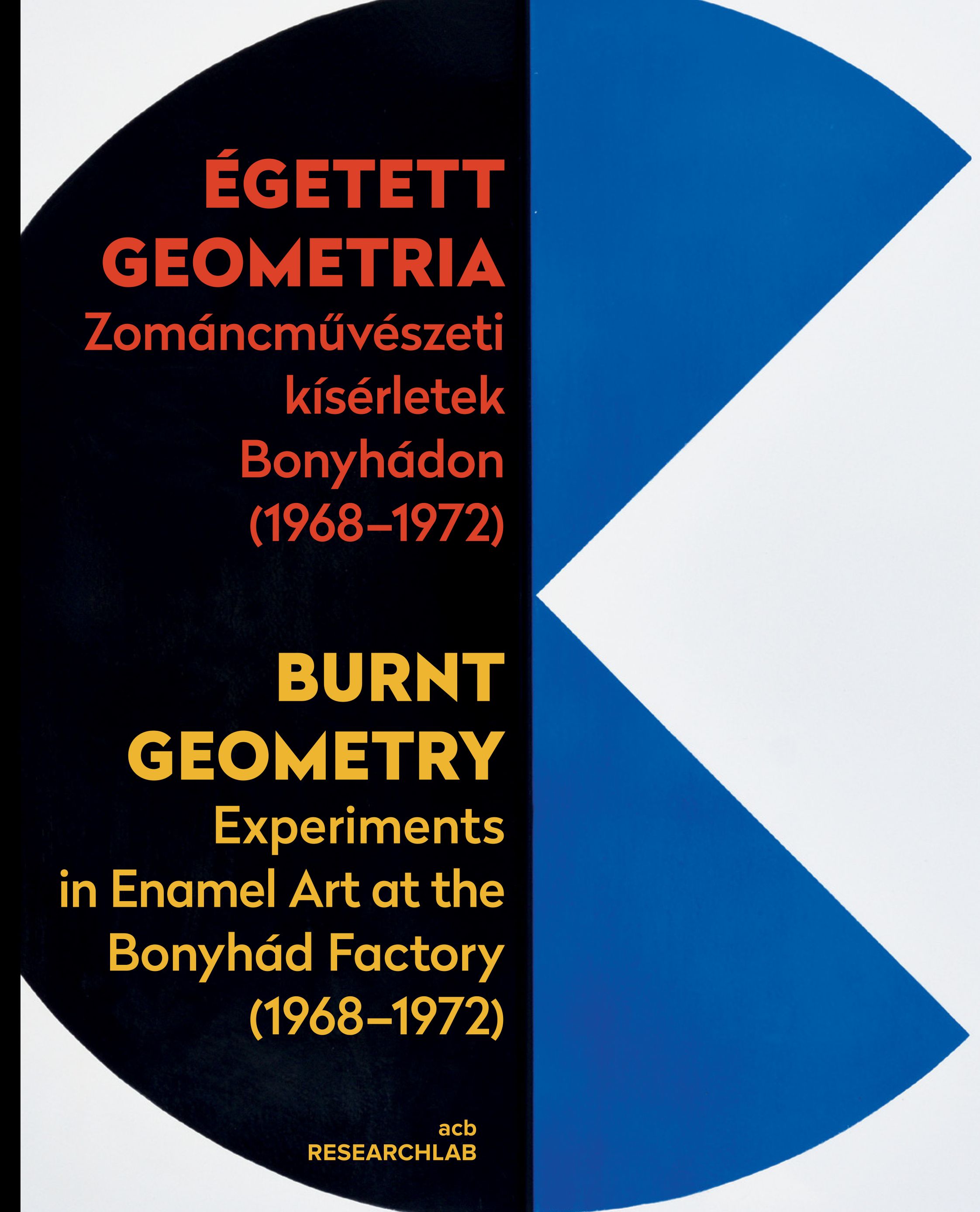Gyula Pauer
About the artist
In the beginning of his career as a sculptor, Hungarian Neo-avantgarde artist Gyula Pauer (1941-2012) experimented with overlapping qualities of figural representation and abstraction with rhythmic, organic, dynamic forms. He abruptly changed his interest towards plastic qualities and shifted to conceptualism, nevertheless never loosing focus on spatiality. The gesture of using minimalist forms and applying illusionistic surfaces on them established his „pseudo programme” that the artist theocratized in manifestos, expanded in performances, actions, paintings or as a set designer throughout the following years. His 1970 exhibition in one of Budapest’s cultural centres is a one of a kind experiment extend the limits of sculpture: the room’s walls, ceiling and floor was covered with plastic foil that was spray-painted in a folded state. Pauer’s First Pseudo Manifesto was distributed as a flyer during the opening. The authorities banned the show after two days. The core idea of the pseudo-program is the paradox of the real objects and the optical irreality: the real form of the minimalist sculpture or the flatness of an image and the illusion of its painted, differing surface. Using the folded, sprayed and then flattened canvases, papers, textiles in his works, land-art actions and environments, Pauer called the role of art into question as well as the credibility of images, reality and the manipulations of the contemporary society. Towards the end of his career, lyrical compositions with the signature-technique of the pseudo-program evoke landscapes in an introspective manner. The painting is the analysis of the relationship of representation and objecthood, the flat picture plane and three-dimensionality, the absence and presence of the creator, coupled with an impulsive, almost romantic vision of painting’s vital subject matters as landscape and spatial representation of forms.
